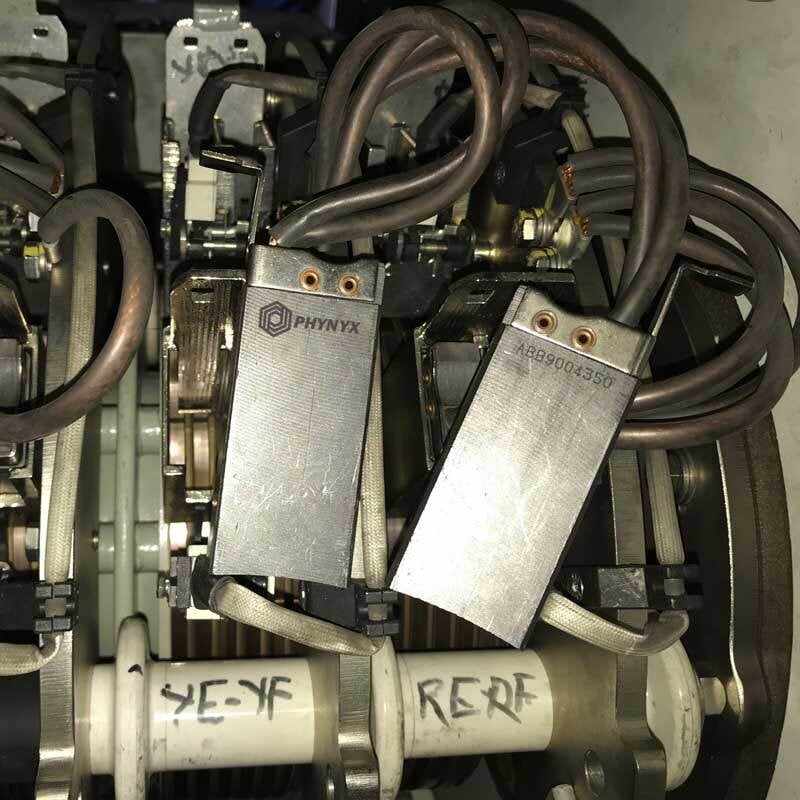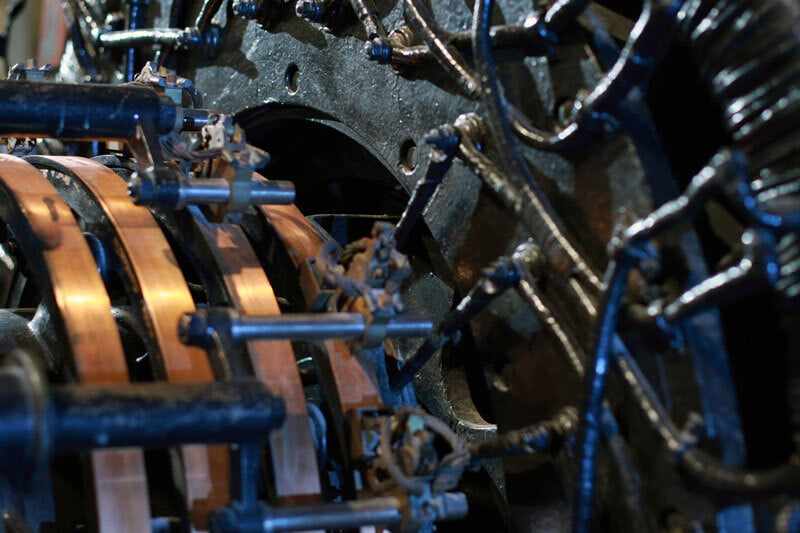Introduction to AC Slip Rings
AC slip rings, also known as rotary electrical interfaces, are critical components in electrical machinery that facilitate the transmission of alternating current (AC) power and signals between stationary and rotating parts. Unlike their DC counterparts, which are more commonly known, AC slip rings operate under different principles to accommodate the unique challenges posed by alternating current transmission. This article delves into the functionality, applications, and significance of AC slip rings in various industries.
Understanding the Functionality of AC Slip Rings
AC slip rings serve as connectors between stationary and rotating components in equipment where continuous transmission of AC power and signals is required. They enable:
Continuous Rotation: AC slip rings allow electrical connections to be maintained while the connected components rotate, ensuring uninterrupted power and signal transmission.
Low Electrical Noise: They are designed to minimize electrical noise and interference during AC transmission, ensuring stable and reliable operation of connected devices.
Adaptability to AC Requirements: AC slip rings are engineered to handle the specific challenges posed by alternating current, including voltage spikes and frequency variations, by using specialized contact materials and designs.
Applications of AC Slip Rings
AC slip rings find application in a wide range of industries and machinery, including:
Wind Turbines: In wind turbine generators, AC slip rings facilitate the transmission of power and signals from the rotating blades to the stationary components, such as the generator and control systems.
Alternators and Generators: AC slip rings are integral in alternators and AC generators to transfer power from the rotating rotor to the stationary stator windings, enabling electricity generation.
Rotating Machinery: They are used in various rotating machinery such as cranes, cable reels, rotary indexing tables, and industrial robots where continuous AC power and signal transmission is essential for operation.
Medical Equipment: AC slip rings are employed in medical imaging devices, such as MRI scanners, where they transmit power and signals from the rotating gantry to the stationary electronics and imaging components.
Broadcasting and Communication: They are utilized in broadcast equipment and communication systems, such as radar antennas and satellite communication dishes, to maintain AC connectivity during rotation.
Advantages of AC Slip Rings
High Reliability: AC slip rings are designed for long-term reliability, with minimal maintenance requirements due to their robust construction and durable materials.
Efficient AC Transmission: They ensure efficient transmission of AC power and signals without significant losses or degradation, maintaining high performance levels.
Customization Options: AC slip rings can be customized to meet specific voltage, current, and frequency requirements, making them versatile for various applications.
Conclusion
AC slip rings play a crucial role in enabling the efficient and reliable transmission of alternating current power and signals in rotating machinery across diverse industries. Their ability to maintain connectivity while accommodating the challenges of AC transmission underscores their importance in modern electrical systems. As technology continues to advance, AC slip rings will continue to evolve to meet the growing demands of industrial applications where seamless AC connectivity is paramount.



.png)
.jpg)

.png)
Write a comment ...